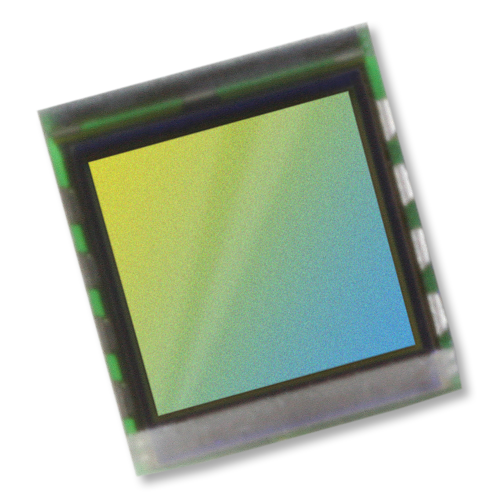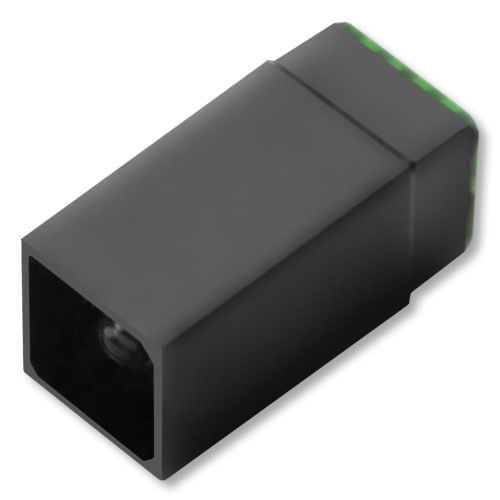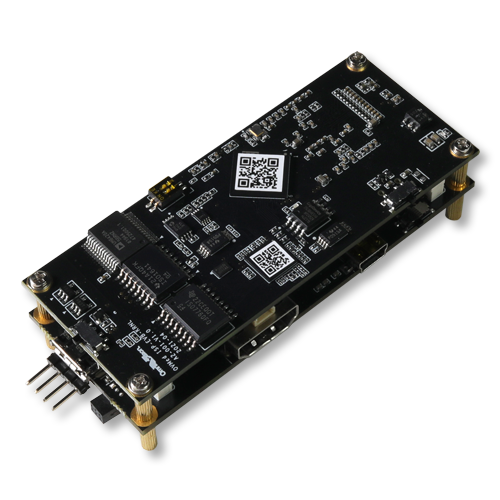
AntLinx®
Next Generation CMOS Chip-on-Tip Endoscopy Interface
Technology Benefits
Endoscopy using CMOS Chip-on-Tip is a rapidly growing and evolving market segment. There is a significant need within endoscopic imaging to incorporate a CMOS imager at the distal tip of the endoscope and for this imager to support an interface that has a high bandwidth, is low in pin count, needs a cost-effective cable and is immune to EMC/EMI and noise over a long transmission distance. All these challenges are satisfied by a new medical interface: AntLinx®, from OMNIVISION, a world leader in endoscopic imaging.
Read the white paper:
Next Generation CMOS Chip-on-Tip Endoscopy Interface - AntLinx®

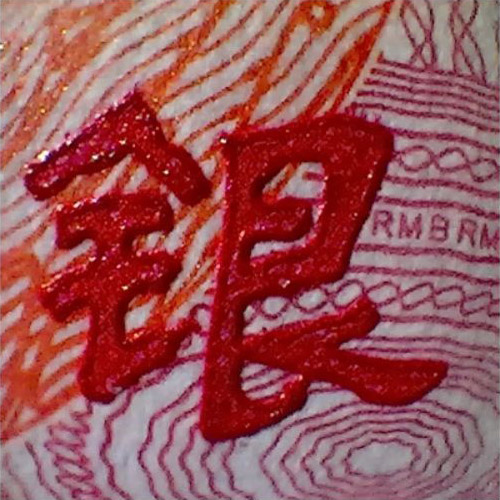
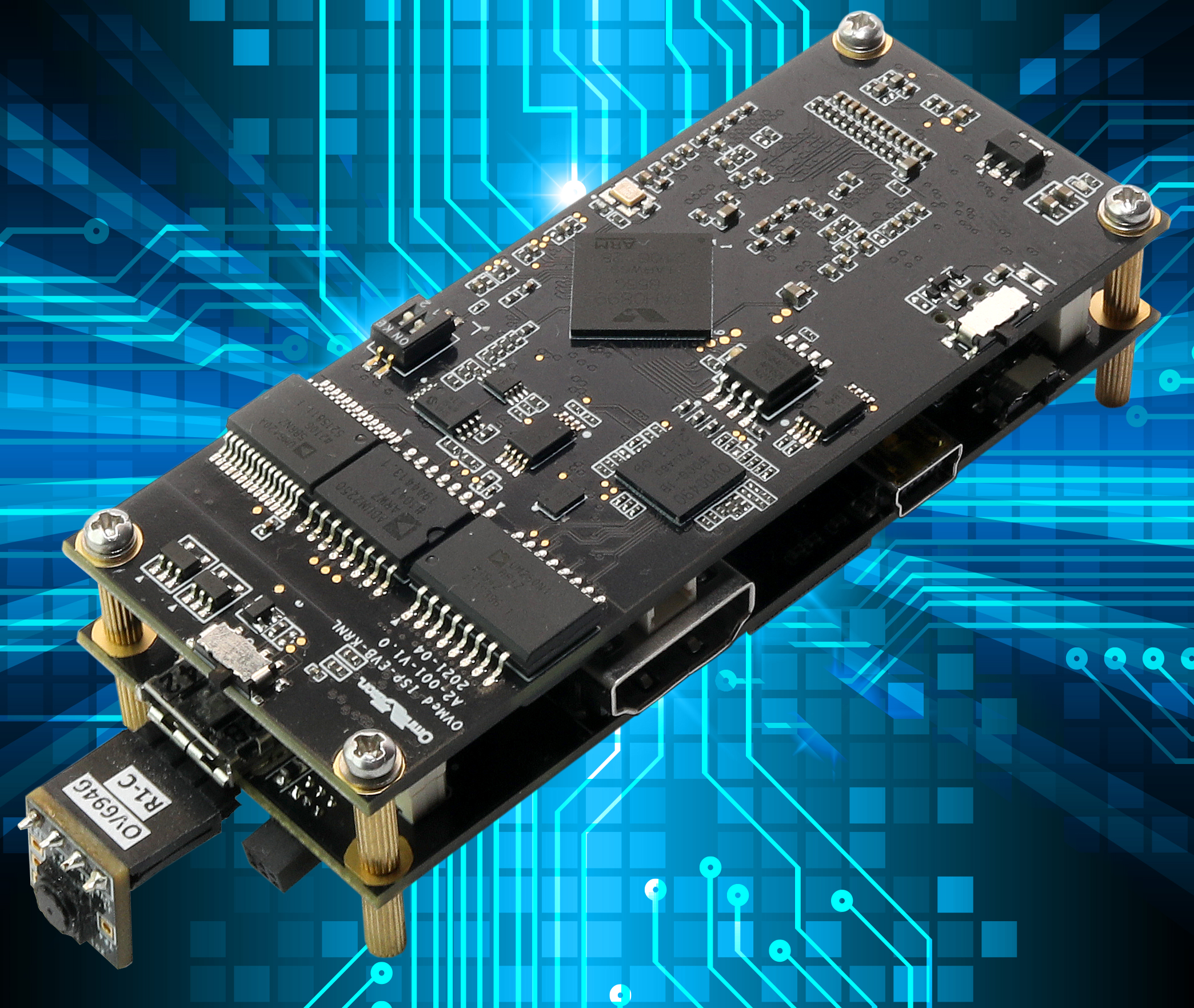
Technology Features
AntLinx® has analog and digital features
-
For Analog
-
For Digital
AntLinx®
Limitations of MIPI
AntLinx®
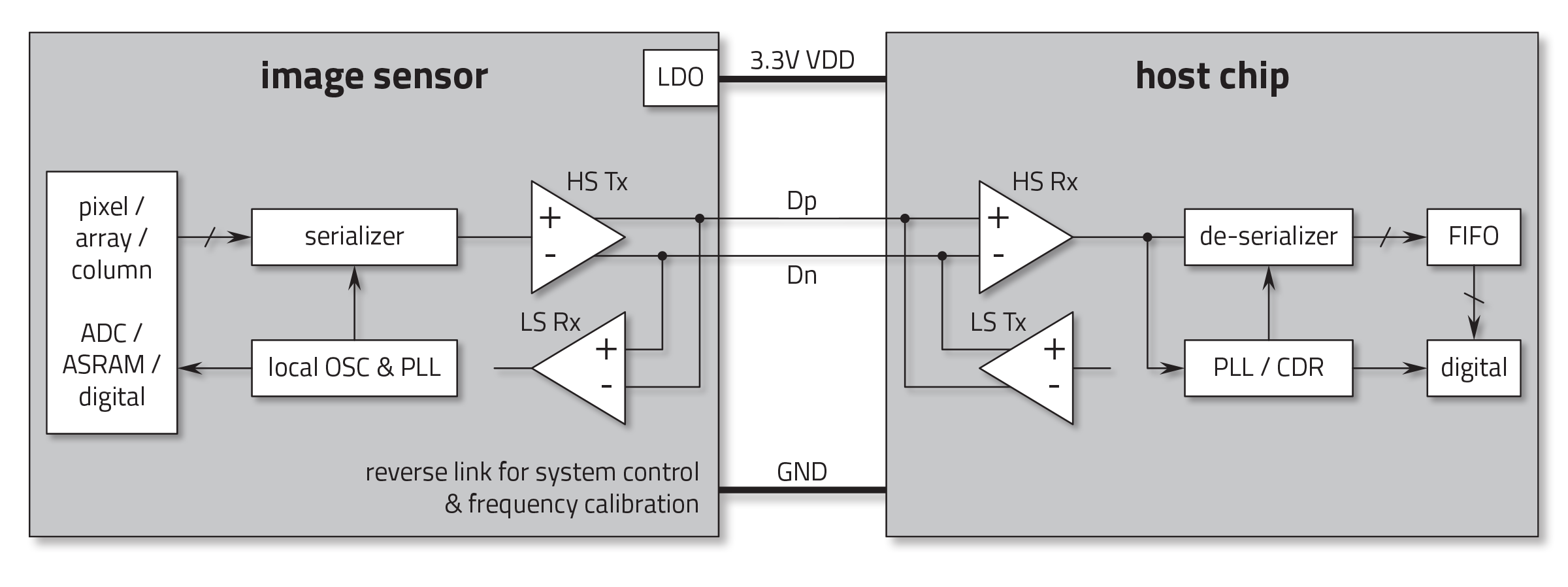
Applications
OMNIVISION's AntLinx® technology targets medical endoscopy
Product Solutions
OMNIVISION places its customers at the leading edge of imaging technology with its commitment to innovative, forward-thinking solutions.

